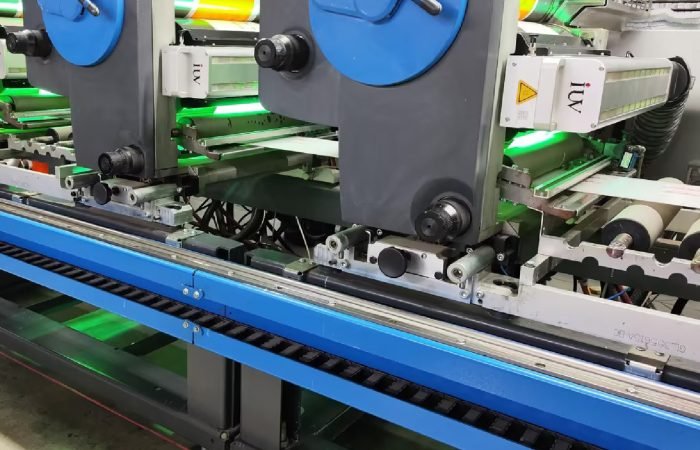The print industry thrives on balancing speed, quality, and longevity. When substrates fade under sunlight or crack during handling, it’s not just a product failure—it’s a missed opportunity. LED UV offset curing reshapes this equation by merging precision with durability, particularly in label, flexo, offset, and narrow-web applications. Let’s dissect how this technology works and why it’s rewriting the rules for resilient print outputs.
The Science Behind the Shine
Traditional UV curing relies on mercury-vapor lamps emitting broad-spectrum light. LED UV systems, however, target specific wavelengths (365-405 nm) to activate photoinitiators in inks and coatings. This focused energy triggers near-instant polymerization, creating cross-linked molecular structures. The result? Surfaces that withstand abrasion, chemicals, and UV exposure far better than solvent-based or thermally cured alternatives.
Labels That Outlast the Elements
In label printing, durability isn’t optional—it’s survival. Beverage labels face condensation, shipping labels endure friction, and outdoor product tags battle sunlight. LED UV curing excels here by:
- Creating scratch-resistant surfaces through rapid hardening
- Enabling thinner ink films without sacrificing opacity
- Bonding tightly to non-porous materials like PET and metallic foils
A craft brewery switching to LED UV labels reported 40% fewer returns due to scuffing during refrigerated display. The technology’s low heat output also prevents adhesive degradation—a common headache with hot-air drying systems.
Flexo’s Quiet Revolution
Flexographic printers once struggled with halo effects and dot gain on flexible packaging. LED UV narrows the gap between flexo and gravure quality by:
- Solidifying inks before they spread on film substrates
- Allowing finer screen rulings (up to 200 lpi)
- Eliminating solvent retention in food-safe packaging
One flexible pouch manufacturer reduced ink consumption by 18% while achieving comparable vibrancy to solvent-based prints. The absence of VOC emissions also simplified compliance with global food contact regulations.
Offset’s Endgame Upgrade
Sheetfed offset shops adopting LED UV report fewer powdering issues and faster turnaround. The instant curing allows:
- Back-to-back printing without spray powder
- Immediate foil stamping or embossing
- Higher density blacks without set-off risks
A book publisher using LED UV-coated covers saw binding line efficiency jump 23%—no more waiting for sheets to dry before trimming. The cured coatings also resisted fingerprint smudges better than aqueous alternatives.
Narrow Web’s Speed Play
In tags and tickets where substrates change hourly, LED UV’s on-demand curing eliminates energy waste during idle periods. Key advantages:
- 70% less power consumption vs. conventional UV
- No ozone generation, reducing ventilation needs
- Compatibility with heat-sensitive materials like thin films
A security tag producer leveraged this to run synthetic paper and destructible vinyl labels on the same press without retrofitting. The consistent cure across materials slashed waste by 31%.
Durability Metrics That Matter
Independent testing reveals LED UV-cured prints withstand:
- 500 Taber cycles (ASTM D4060) vs. 150 for solvent-based
- 72-hour QUV exposure with












